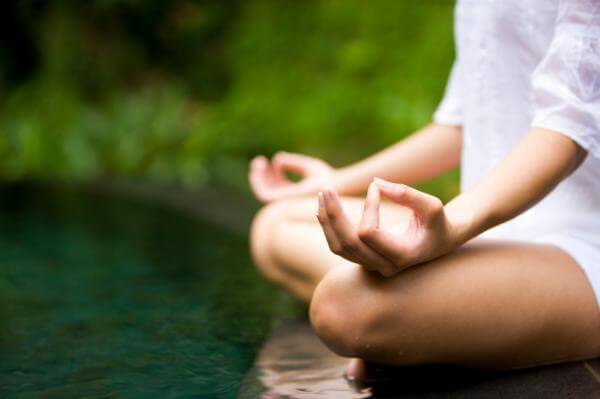According to the experts, meditation is a practice in which attention is focused on a particular object or thought, although in some cases the emphasis may also be on consciousness or, as they say, on “Leave the mind empty?”
By practicing meditation, a person opens a way to himself, while trying to overcome the limitations of the brain. There are many books and publications that talk about meditation, and this is something that is “fashionable”. However, special attention should be paid to this issue and not treated with little importance.
- For example.
- It’s good to know the origin of the name.
- Mediatio ?.
- Which means “intellectual exercise”.
- If we look at the subject from a religious point of view.
- We will say that it is a state of “contemplation”.
- In this case.
- We mean eastern culture.
- In which meditation is practiced.
- By most people.
- And even many of them are devoted entirely to him every day (like monks).
- With the arrival of the term in the West.
- It has been distorted a little and has often been confused with other practices.
Meditation, in all its letters, has one of the following characteristics:
1- A state of concentration in the reality of the present;
2- A state of experimentation when the mind dissolves and is freed from its thoughts;
3- A concentration in which attention is released and focuses on God;
4- A focus on a single object, thought or perception (such as a beach, a river, a waterfall).
It is intended not only for religious purposes, but also for maintaining mental health and, therefore, physical health. There is a total relationship between mind and body, and this is proven. It is advisable to do meditation in times of great stress, when We have a serious family problem, when we look for an answer that we cannot find by other means, when we want to heal from some disease or pain, or climb a step on the path of spirituality.
The correct posture for the moment of meditation is: sit on the floor or on any other surface (carpet, pillow, carpet), crossed legs, right column, arms falling gently on the knees and fingers together, the head should be aligned with the trunk and eyes closed.
The next step is to breathe consciously, not as we do every day, pay special attention to the moment the air enters, stays in the body, fills the lungs and how much is gently exhaled, an interesting exercise at this point is to think that the air we inspire are the solutions and, what we exhale, problems and diseases, so every time you leave the body you will feel a little better.
Breathing rate should be slow and slow, but not artificial. At first it can be difficult to control speed, but keep in mind that while practicing, your body will calm down and calm down, without falling asleep. the perception of air and our limbs on the ground is different.
You can imagine a beautiful landscape or that will help you calm down, such as the sea, a waterfall, a forest, etc. Some teachers recommend leaving the mind “empty,” which is not achieved overnight. To help you, a good idea is to think of a white screen that hangs from a wall or projector when it’s off.
You don’t have to look for anything, it’s a matter of being present, of no longer confusing the mind, when a thought comes it must go without pressure, just “leave it”, as if it were a cloud that crosses the sky on a windy day, never lose consciousness and stay awake at all times.
Meditation is synonymous with silence in all situations, there are specific songs (called mantras) that are heard in the background, their sounds are very quiet and almost always repeat the same or several phrases during the song, which lasts about 10 minutes. To make the environment even more conducive, candles, aromas or incense are essential.
When the practice is constant and is done weekly (at least once) we will notice the differences, thoughts do not happen as much as before and when they do disappear faster, it is easier to find this white wall and we do not get carried away by external noises.
The mind will want to show at all times that it is present and will manifest itself in different ways to attract attention, for example, do not give importance to signs such as itching in the leg or shoulder, a cramp in the foot, a puncture in the scalp, heat, etc. , and do not let them change your practice.
If you feel that the position of your legs is uncomfortable you can change it, stretch one leg, then the other, make slight movements on the heels or wrists, move the head, neck, etc. The important thing is to feel comfortable momento. la practice, which usually lasts at least 20 minutes.

